pros, I need some performance-opinions with the following:
1st Question:
I want to store objects in a 3D-Grid-Structure, overall it will be ~33% filled, i.e. 2 out of 3 gridpoints will be empty. Short image to illustrate:

Maybe Option A)
vector<vector<vector<deque<Obj>> grid;// (SizeX, SizeY, SizeZ);
grid[x][y][z].push_back(someObj);
This way I'd have a lot of empty deques, but accessing one of them would be fast, wouldn't it?
The Other Option B) would be
std::unordered_map<Pos3D, deque<Obj>, Pos3DHash, Pos3DEqual> Pos3DMap;
where I add&delete deques when data is added/deleted. Probably less memory used, but maybe less fast? What do you think?
2nd Question (follow up)
What if I had multiple containers at each position? Say 3 buckets for 3 different entities, say object types ObjA, ObjB, ObjC per grid point, then my data essentially becomes 4D?
Another illustration:

Using Option 1B I could just extend Pos3D to include the bucket number to account for even more sparse data. Possible queries I want to optimize for:
- Give me all Objects out of ObjA-buckets from the entire structure
- Give me all Objects out of ObjB-buckets for a set of grid-positions
- Which is the nearest non-empty ObjC-bucket to position x,y,z?
PS:
I had also thought about a tree based data-structure before, reading about nearest neighbour approaches. Since my data is so regular I had thought I'd save all the tree-building dividing of the cells into smaller pieces and just make a static 3D-grid of the final leafs. Thats how I came to ask about the best way to store this grid here.
Question associated with this, if I have a map<int, Obj> is there a fast way to ask for "all objects with keys between 780 and 790"? Or is the fastest way the building of the above mentioned tree?
EDIT
I ended up going with a 3D boost::multi_array that has fortran-ordering. It's a little bit like the chunks games like minecraft use. Which is a little like using a kd-tree with fixed leaf-size and fixed amount of leaves? Works pretty fast now so I'm happy with this approach.